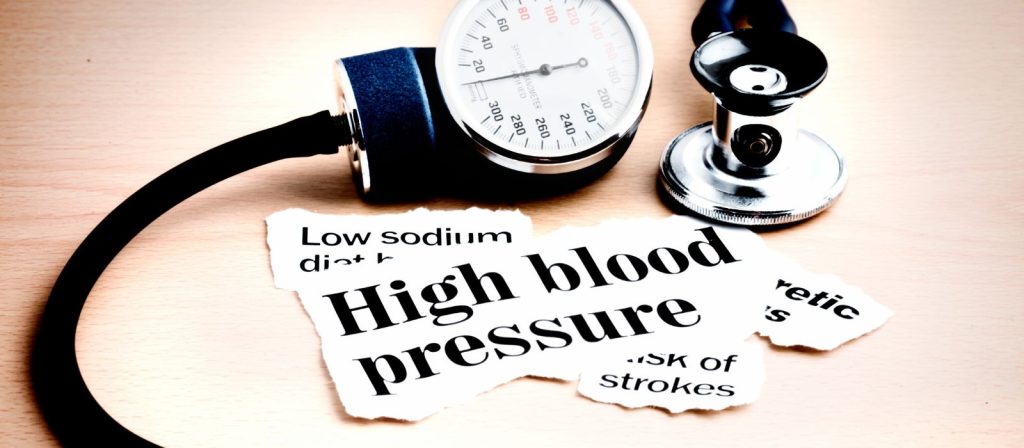Keeping an eye on your blood pressure is like checking the weather- regularly matters! Know why and how often you should tune in to your Blood Pressure (BP) readings.
According to global statistics, nearly half of adults have hypertension (48.1%), defined as a systolic blood pressure greater than 130 mmHg or a diastolic blood pressure greater than 80 mmHg or are taking medication for hypertension. About 1 in 4 adults with hypertension have their hypertension under control (22.5%).
High blood pressure can raise the risk of stroke, heart attack, pregnancy complications and other health problems, but the symptoms are “often silent” which is why many people say it is a SILENT KILLER.
There are several factors that leads to high blood pressure and some of them include: smoking, heavy drinking, obesity and chronic stress. A lack of exercise and diets high in sodium and processed foods have also been associated with an increased risk of hypertension.
Very high blood pressure can cause symptoms including severe headaches, chest pain and dizziness. For many people, however, blood pressure increases too gradually for them to notice these issues.
High blood pressure is harmful because it forces the heart to work harder to pump blood. Over time, the overwhelmed heart can slowly start to falter and struggle to pump blood out to the rest of the body, a condition called heart failure.
Certain hypertension-related genes influence blood pressure from an early age and raise the risk of cardiovascular disease as you become older.
TO TAKE NOTE:
Stage 1 high blood pressure (a diagnosis of hypertension) is between 130 and 139 systolic or between 80 and 89 diastolic (the bottom number).
Stage 2 high blood pressure is over 140 systolic or 90 diastolic
Recommendations on monitoring blood pressure
At the beginning, measure your blood pressure at least twice daily. Take it first in the morning before eating or taking any medications. Take it again in the evening. Each time you measure, take two or three readings to make sure your results are the same.
